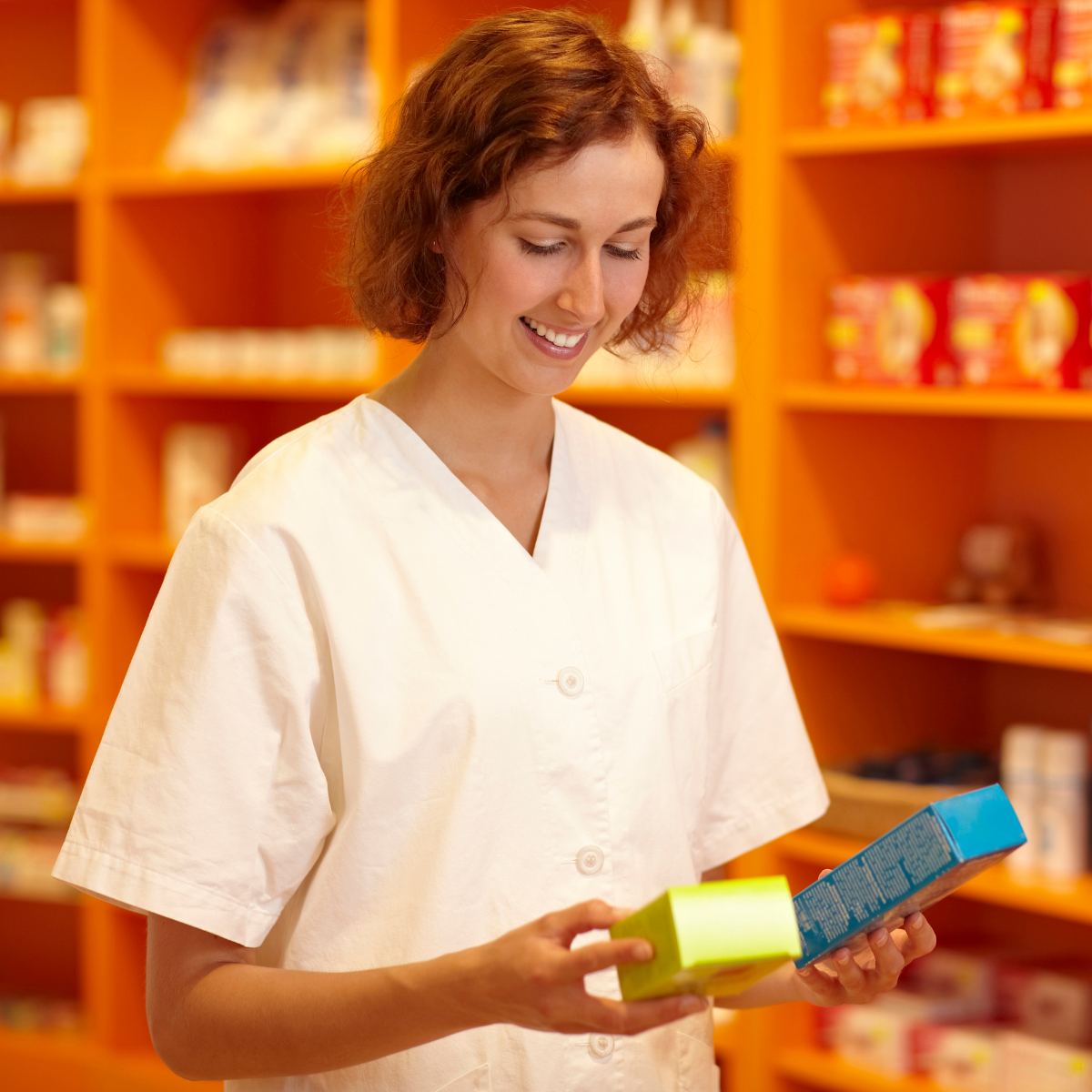Secondary packaging can be utilized in all sorts of industries, including pharmaceutical packaging. Different products that go through secondary packaging require their process, whether it’s food or cosmetics. Pharmaceutical packaging is no exception and could be even stricter. Because it is dealing with a thing as delicate as medication, special considerations and measures have to be taken. There are laws and structures set down by the FDA to make sure that these products are packaged properly. Secondary packaging is the best way to make sure that pharmaceuticals arrive safely to the masses.
The top priority for pharmaceutical packaging is safety. This form of secondary packaging changes depending on what kind of pharmaceuticals are being packaged. For example, a vile of insulin would come with different safety measures than that of a medication that comes in a blister pack. Ensuring that the right pharmaceutical packaging practices are being put in place is paramount to a job well done.
The active agents in medications and drugs are highly sensitive to all kinds of outside elements. These elements can cause a degradation in exposed pharmaceuticals which can then impact the efficacy of the product. Simple things like light, climate, and oxygen can do a world of damage to even the most common of pharmaceuticals. Secondary packaging provides barriers from these and other factors to keep the product, and its users, safe. Without proper secondary packaging, we could not be guaranteed the safety of vital medications.
In addition to keeping pharmaceuticals safe on shelves and in transit, secondary packaging keeps them sterile. Potency is one thing, contamination is another. A thick layer of plastic or a specialized cap will do wonders for keeping pharmaceuticals away from external contaminants. While those extra layers of pharmaceutical packaging may seem annoying at the moment—the plastic wrap on the child-proof cap, the aluminum seal, the wad of cotton, etc—they are what keep the medications we rely on safe to use.
Durable packaging is a key part of pharmaceutical packaging safety, but it’s not the only thing. Accountability and transparency have their safety values. Secondary packaging entities, like IFS, take careful notes on who has touched what and when on the supply line. This kind of visibility keeps products and people safe. If something goes wrong, knowing where the problem began is the only way to correct things and keep it from happening again. Secondary packaging ensures and documents that products are being handled safely and properly.
The pharmaceutical industry caters to millions of people worldwide. It’s nearly impossible to find a household that doesn’t have at least one pharmaceutical in it, no matter its purpose. Without secondary packaging, it would be impossible to know if the medications you’re taking are sterile and at a dosage that corresponds to the label. When you open a new bottle of pain relievers or uncap an over-the-counter remedy you want to be certain that you are the first person to open it.
Secondary packaging for pharmaceuticals is the last line of defense. The measures that are taken in pharmaceutical packaging are done to keep consumers all over the world safe.
To learn more about our contract packaging services, speak to a specialist!
